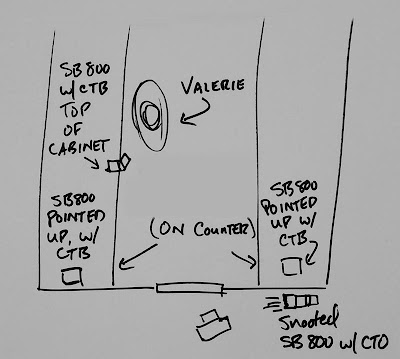 I am working on an On Assignment post for later this week, but photographer John Keatley has an OA post up right now.
I am working on an On Assignment post for later this week, but photographer John Keatley has an OA post up right now. In it, he details his portrait of writer/director Josh Hornbeck. It's a nice walk-thru on building depth and character with light -- in a small room with light walls. Lord knows we see enough of those. At least the guy was not assigned to be shot working at a computer.
Had a chance to meet and have lunch with John in Seattle last week, where he showed me two of his city's great attractions -- fresh seafood and The Gum Wall.
One was yummy. The other, um, not so much.
-30-









